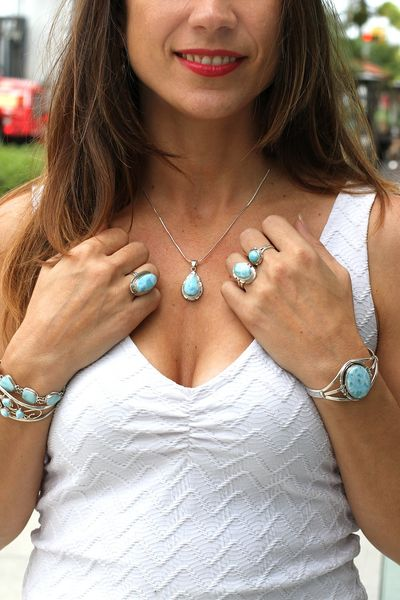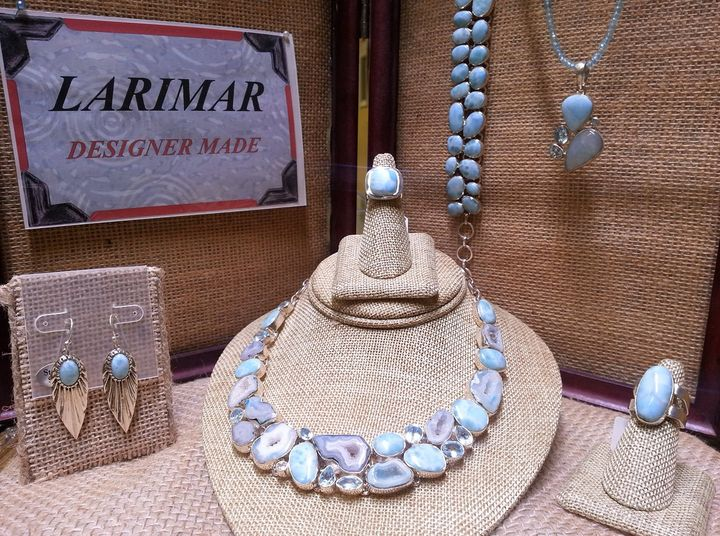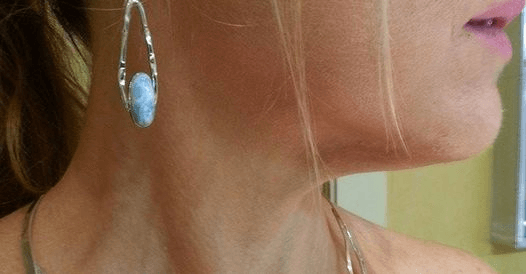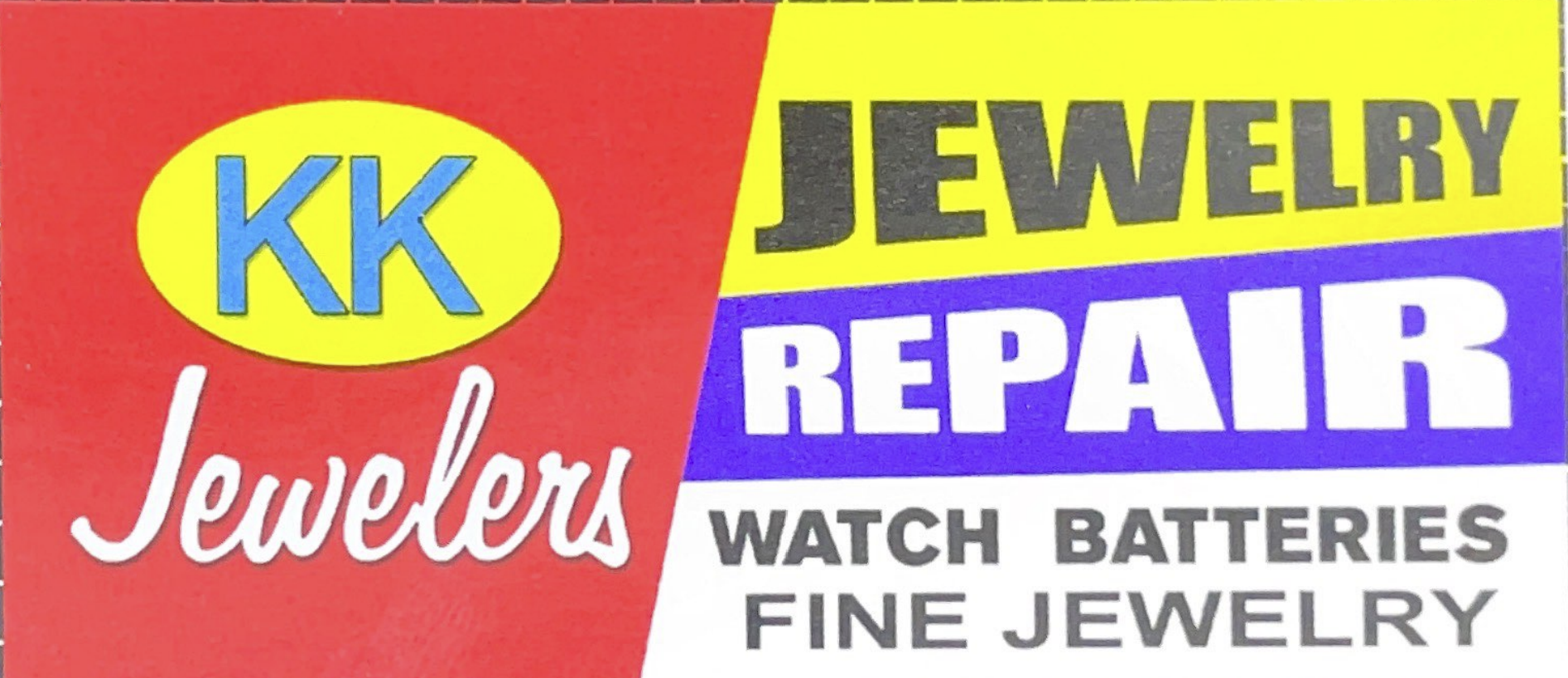Larimar

What Is Larimar?
There is so much more to know about Larimar than just that it is one of the most beautiful gemstones in the world.
First of all – it’s one of the most rare, too! LARIMAR is found in only one place in the world - one square kilometer (approximately ½ square mile!) in the mountains above Baoruco in the Dominican Republic!
LARIMAR is a volcanic stone, the result of volcanic activity that occurred millions of years ago! It’s a form of pectolite, and although pectolite is found in nearly every hemisphere, none have the unique volcanic blue coloration of Larimar. Pectolite is normally gray or white, yet pectolite from that one location in the world is a beautiful blue pectolite – that which we know and love as Larimar!
It is awe-inspiring to ponder the fact that the series of events that created this beautiful blue wonder have only occurred one time, in one place throughout the history of the world! Amazing!
Larimar's beautiful colors mirror the blue and white shades of the ocean and sky. No two stones are alike; each piece is unique, with its own natural beauty. Its colorations vary from white, light-blue, green-blue to deep blue, from translucent to dark. But the beauty of Larimar is in the beholder. Its colors vary from the lightest sky blue to the darkest of ocean blues. When picking the right Larimar piece for you - whichever piece moves you is the right and best piece of Larimar.
FIRST DISCOVERED IN 1974
History Of Larimar
LARIMAR was 1st discovered for mining and marketing in 1974. Although, many of the inhabitants of the Dominican Republic and their ancestors were long aware of the stone, the first mention of the stone was in a request to mine Larimar (not its name back then) in 1916. That request never came to fruition, and it wasn’t until after 1974, when it was re-discovered, that Larimar started to be mined and marketed.
There are many versions of the story as to how the stone was found in 1974, but most agree that it was re-discovered by an American Peace Corp. volunteer, Norman Rilling, and Miguel Mendez of the Dominican Republic. It is believed that they found the blues stones at the seashore.
At first it was unknown where the Larimar actually came from. It was originally thought to come from the ocean because of the abundance of tumbled stones along the seashore.
But, the assumption is that some of the stones from the mountain deposit tumbled into the Rio Sitio, a small stream that drains into the Rio Baoruco, and then into the Caribbean Sea. It wasn’t until they followed the source of water up the mountain that they realized that the stone actually came from deep inside the mountains in the province of Barahona.
Larimar was first given the name of Travelina but it was renamed by Miguel Mendez after his daughter, Larissa combined with the Spanish word for the sea, “mar” – Larimar!
OUR STORY
Mining
Mining the stone is extremely difficult. Not only does the location of the mines make them extremely difficult to access, but the area is subject to the hurricane season, often causing the mines to be closed for 5 months out of the year.
The stone must be mined by hand; dynamite or heavy machinery can destroy it. So excavation is extremely labor intensive. Miners, using only hand tools, must find and follow the small veins of Larimar. The best quality stone is often found as far as one hundred feet below the surface; digging through all that rock by hand obviously takes quite a bit of time.
Then there is the rain. The torrential rainfall during the five-month hurricane season often shuts down the mines. Sometimes the mines flood and the mountain can unleash devastating mudslides. These factors contribute further to the difficulty of extraction, and limit the supply of the stone even further.

Care & Cleaning of Larimar
Thanks to Larimar's volcanic origins, it is a durable and hard stone that requires little specialized care.
Larimar should not be exposed to any chemicals, including hand soap, hair spray, perfumes and hand cream. To keep your Larimar stones as beautiful as possible, they should be the last thing you put on in the morning and the first thing that you take off in the evening.
Most sterling silver settings are not plated and of course will naturally tarnish. Tarnish is a naturally occurring reaction between silver and sulfur in the air. Fortunately, keeping your sterling silver settings clean and tarnish-free is easy. There are a few simple steps that will significantly reduce tarnishing:
The Main Thing To Remember With Your Larimar Jewelry Is:
LAST ON - FIRST OFF

- Clean jewelry after each use with a polishing cloth (or any type of soft cloth to avoid scraping the metal), in order to remove impurities, oils, dirt, etc.; or soak your jewelry in warm, soapy water, and gently brush it with a Q-tip or soft-headed toothbrush. This will also enable you to clean hard-to-reach spaces around the accent stone setting. Dirt and oils may collect around the stone setting and this is a good way to keep the area clean and free of dulling debris. Thoroughly rinse and dry, and store in an air-tight bag.
- To minimize contact with lotions, hair sprays, hair gels, etc., put your silver jewelry on last. This will minimize dullness and tarnishing, and help to keep your sterling silver shiny. The easiest way to remember, “last on – first off.”
- Do not wear your jewelry while working with household chemicals. If you do come in contact with chemicals, wash your jewelry immediately with warm water and soap, and dry thoroughly. This will help to reduce any potential damage.
- Avoid swimming pools and hot tubs while wearing your jewelry, as chlorine can compromise the surface of the stone and potentially cause discoloration to the sterling silver setting.
- Commercial jewelry cleaners that are intended for silver and pearls can help to remove tarnish and keep the stone and silver clean, however caution should be used because some of these solutions are very strong and have been known to cause extensive damage to sterling silver.
- A jewelry polishing cloth is the best way to care for your sterling silver jewelry. A quick buff with the specially impregnated cloth removes tarnish in the early stages and helps to prevent a permanent patina from forming.
- Do not use ultrasonic cleaners and steam baths designed for jewelry. They are not safe for use on Larimar and may damage the stone.

